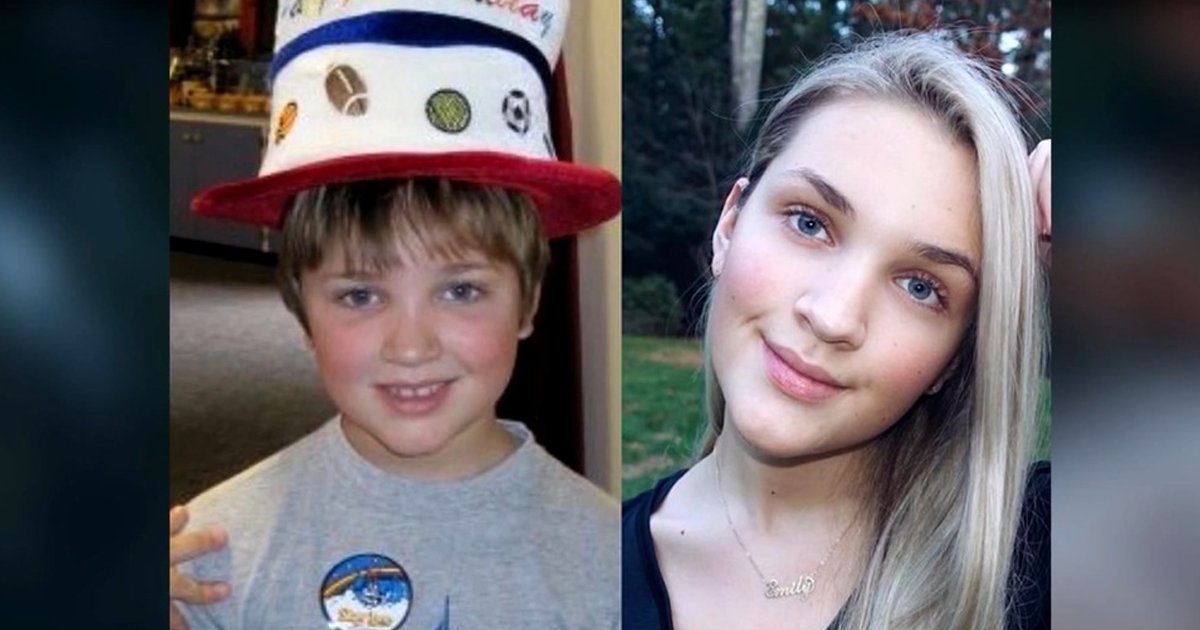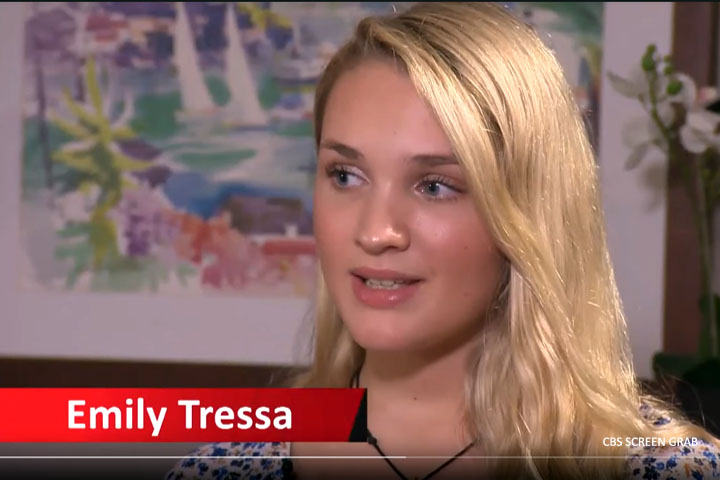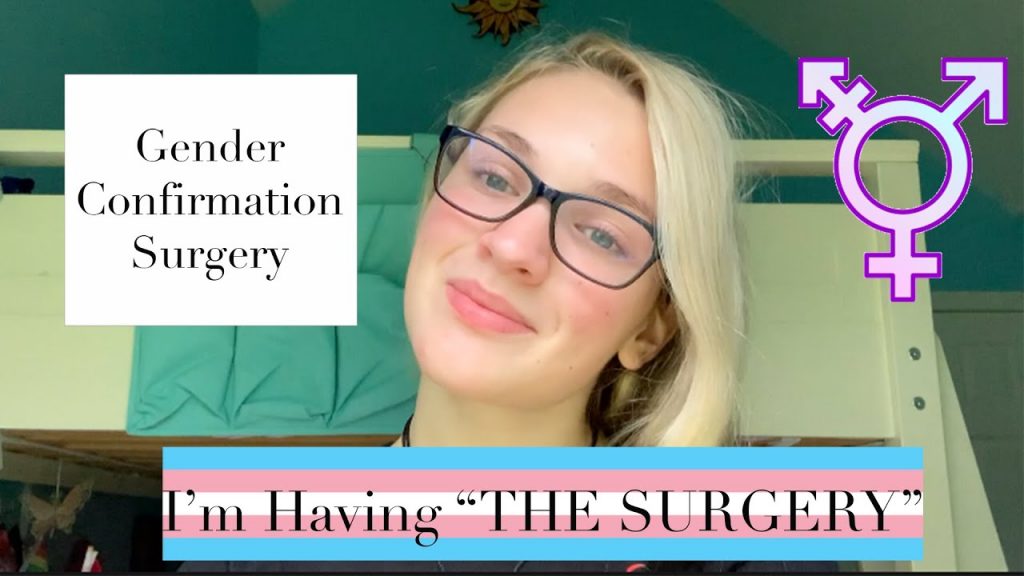Emily Tressa, a high school student located in New Hampshire, is being labeled as a “pioneer” since she has become one of the youngest people to go through a gender reassignment surgery.
Although she is fairly young, it took her a large amount of time to reach this goal.
She tells sources that this is the first in a long time that finally feels like herself. Tressa states: “For me, it feels almost like I’m finally fully complete now.” She was born as a boy, but deep down, she knew she was a girl.
She asks, “I used to look in the mirror and be like, is it only me? Am I the only one that feels like this? That I’m trapped in the wrong body?”
She changed her name at a young age and took initiative to start dressing like a girl.
She was more comfortable at home before transitioning to dress like a girl in public. Tressa has had a tremendous amount of support coming from her parents, doctors, and psychologists. She started to research and get into things such as hormone blockers so that the estrogen she is taking helps her settle into the correct body.
Dr. Jess Ting, director of surgery at Mount Sinai Center for Transgender Medicine and Surgery, comments on Emily’s situation, calling her a “pioneer” because she is “at the forefront of this new generation of young kids, adolescents who are realizing what they are much earlier in life and are able to transition even before puberty.”
With Dr. Ting’s help, he has created a female anatomy that is fully functional for Emily.
Dr. Ting has considered the surgery a life saving surgery, one of the few options that can help avoid the rising suicide rates among the transgender youth.
Tressa’s mother comments with her concerns, saying that she was afraid what would happen if they had held her back from her journey. “We saw the unhappy boy and we saw the happy girl. And we knew the statistics and we knew we’d much rather have an alive daughter than a dead son.”
Tressa is now currently an activist for transgender rights and uses her platform to let others know that they are not the only ones who feel like this.
There are still many barriers that transgender people are facing, but there are more guidelines that are becoming clear for doctors to understand specific medical issues for the community.





